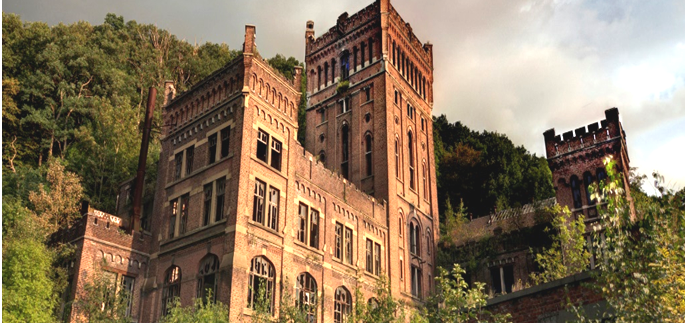Wine: Murcia

Murcia is one of Spain’s smaller, lesser-known regions. Tucked away in the country’s far southeastern corner, it is bordered by Andalucia to the west, Castilla-La Mancha to the north, Valencia to the east and the Mediterranean Sea to the south. This small administrative region consists of just one province and one administrative center, both of which are also named Murcia. The classic Murcian wine is a robust, fruit-driven red made from Monastrell.
Murcia city was founded in the 9th Century by the Emir of Cordoba, Abd ar-Rahman II, with the Arabic name Mursiya. The exact meaning of the name is the subject of speculation, with suggestions that it is a corruption of either Myrtea or Murtae, two Latin words meaning ‘myrtle and ‘mulberry’ respectively. Both of these plants flourish throughout the region.
The flag of Murcia
The Murcian landscape consists primarily of low-lying mountains and dry coastal plains. The obvious exception to this is the Mar Menor (“minor sea”), a large salty lagoon in the southeastern corner of the province, next to the Mediterranean Sea. The Segura River provides much-needed water to the inland areas. Many agricultural products are grown along the river; tomatoes and citrus fruit are popular.
In terms of wine, Murcia is home to three DO appellations – Bullas, Jumilla and Yecla. Vines are said to have been introduced to the region by the Phoenicians in ancient times. Murcia’s winemaking reputation has fluctuated down through the centuries. During Roman rule, demand and esteem were high. The region came into prominence again in the latter half of the 19th Century, when the vineyards of neighboring France were destroyed by the phylloxera louse and the growers there turned to other European producers to fill the gap for their robust red wines. Murcia was one of the natural choices – the conditions there suit the production of the Monastrell grape, which yields wines with high tannins and deep color, suitable for barrel maturation.
Unfortunately, wine quality slipped after this period, as quantity became the key focus. There are some notable modern-day exceptions, however, mainly from producers who have experimented with winemaking techniques and grape varieties and have prioritized quality over bulk-produced quantity. This has catalyzed
into a general movement toward modernization and a new focus on producing wines of complexity and structure.
Apart from the sou
thern edge of Bullas, Murcia’s winegrowing zones here are all located some way inland. They still enjoy the temperature-moderating effects of a Mediterranean climate, however, although significantly less than areas located right on the coast. The climate here is divided between coastal influences of the nearby sea and
the continental influences of Spain’s hot, arid interior. In the lower-lying areas of Bullas region (much of which is cooled by increased altitude), summer daytime temperatures of 113°F (45°C) are not uncommon. All these factors contribute in shaping the styles and types of wines produced in a region which, unsurprisingly, is heavily favored towards robust reds.
Apart from Monastrell, other notable grape varieties grown in Murcia include Tempranillo, Cabernet Sauvignon, Merlot and Syrah for reds and Macabeo, Airen and Merseguera for whites.

 Spanish
Spanish German
German Dutch
Dutch